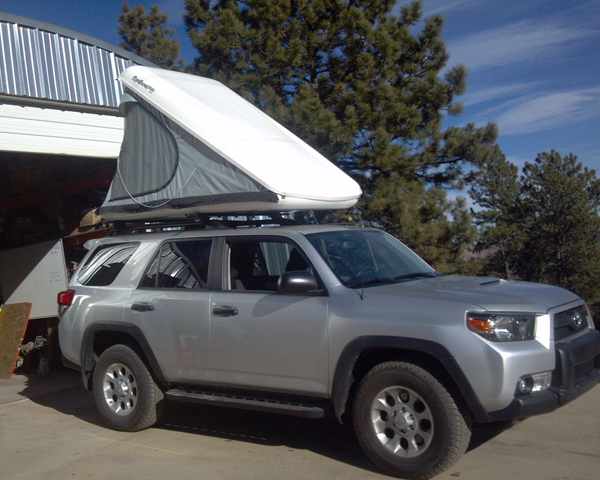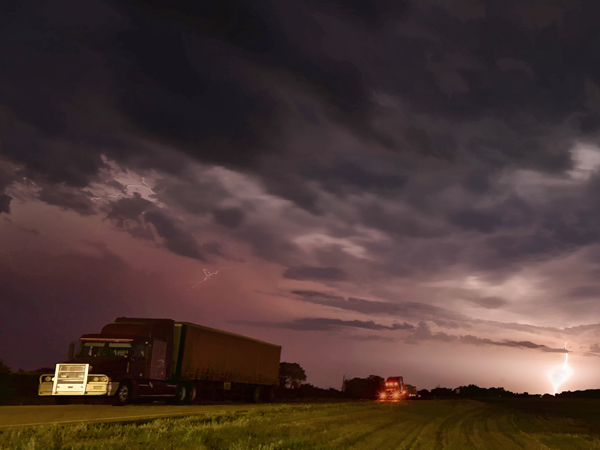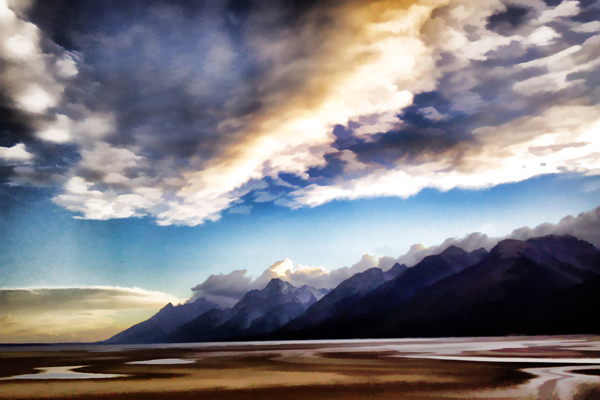“Get all that garbage out of sight, or you don’t go out Friday night!—Yakety Yak—Don’t Talk Back!”(The Coasters). https://www.youtube.com/watch?v=9xAi80ShG0I
“There’s always some amount of crazy in the brilliance of art.” Lisa Ritchie http://www.lisaritchiemusic.com/
In dealing with photography as an art form, we strive to capture memorable photos. To do so we all know about being told to divide our space into thirds, to utilize depth of field to focus the viewer’s attention on the subject matter, and other such rules of thumb. My favorite: “Get all that garbage out of sight!” Good rules all. But even if you work through the rule book each and every time you take a photo, there is no guaranty that your image will be memorable. So what else is needed? Maybe, as my daughter Lisa says, “there’s always some amount of crazy in the brilliance of art.” I too believe that it is necessary to find whatever craziness is available to make your image both memorable to the viewer and satisfying to you.
Take for example this image by Peter Lik entitled “Phantom,” which recently sold for a record $6.5 million dollars. This is definitely crazy, but it is also brilliant art in that Peter found a means of conveying a human presence in what other photographers have always recorded as simply a beautiful shaft of sunlight. This is definitely a most memorable image
 In my own landscape work, I try to capture the emotion of the essential moment. For example, in my photo of Kauai’s shoreline entitled “Storm Clouds, Po’ipu Kaua’I”, the very unique wind-driven wave action adds the force of nature to this photo as shown below:
In my own landscape work, I try to capture the emotion of the essential moment. For example, in my photo of Kauai’s shoreline entitled “Storm Clouds, Po’ipu Kaua’I”, the very unique wind-driven wave action adds the force of nature to this photo as shown below:
 By comparison, the same photo taken from a different perspective yet abiding by all of the usual photographic rules yields only a snapshot rendition of an otherwise exciting moment.
By comparison, the same photo taken from a different perspective yet abiding by all of the usual photographic rules yields only a snapshot rendition of an otherwise exciting moment.
Did I say “all?” Too much foreground in “Spray2” overwhelms the viewer with extraneous detail. So the viewer is left with no clear focal point with which to bring a you are there feeling to the image.
Never resist the desire to move up and into the emotion of the scene, especially if moving into the scene takes you out of your comfort zone! And always take out that trash : )
So yes, rules for composition matter, but emotion (i.e., craziness) must be the driving force behind each photo. Develop your own personal photographic emotional agenda. Otherwise your photos will just be drifters in the Sea of Whatever.





